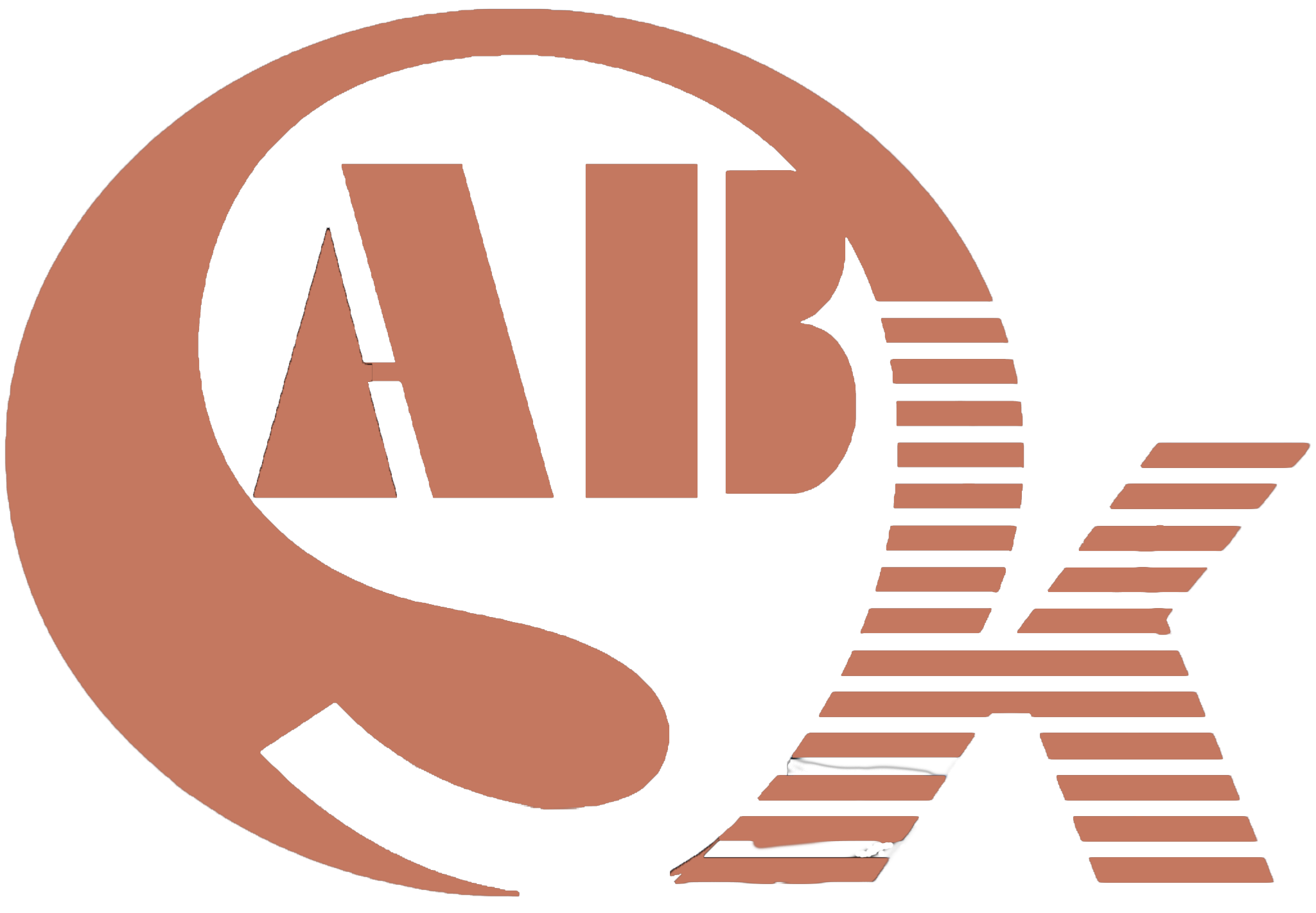Driving Welding Excellence: Unleashing Automotive Efficiency with Self-Adjustable Welding Rotators
In the fast-paced world of automotive welding, efficiency is key. This article explores the transformative impact of self-adjustable welding rotators on automotive welding processes. Delving into their performance characteristics, including accuracy, automation, and real-time monitoring, we uncover their pivotal role not only in automotive welding but also in diverse applications such as bridge construction, manufacturing, ship and ocean engineering, and steel structure building.
Empowering Automotive Welding: The Role of Self-Adjustable Welding Rotators
1. The Efficiency Imperative:
- In automotive welding, where precision and speed are paramount, self-adjustable welding rotators emerge as game-changers. Their ability to adapt to varying workpiece sizes and shapes streamlines the welding process, enhancing overall efficiency.
2. Core Components of Self-Adjustable Welding Rotators:
- Self-adjustable welding rotators integrate advanced features, including self-alignment mechanisms, precision control systems, and real-time monitoring. These components not only elevate the welding process but also contribute to the overall efficiency and excellence of automotive welding projects.
Performance Characteristics: Elevating Automotive Welding Standards
1. Self-Adjustable Precision:
- The primary function of self-adjustable welding rotators lies in their ability to automatically adapt to different workpiece dimensions. This self-adjustability ensures precise alignment, leading to consistent and high-quality welds in automotive applications.
2. Automation for Speed and Consistency:
- Self-adjustable rotators embrace automation, providing a seamless and consistent welding experience. Automated adjustments based on workpiece characteristics reduce manual intervention, allowing automotive welders to focus on the intricate details of the welding process.
3. Real-time Monitoring for Quality Assurance:
- Cutting-edge welding rotators come equipped with real-time monitoring features. This ensures that automotive welders can monitor rotation speeds, alignment accuracy, and other critical metrics, contributing to overall quality assurance in automotive welding projects.
4. Versatility for Diverse Applications:
- While tailored for automotive welding, self-adjustable rotators showcase versatility in applications such as bridge construction, manufacturing, ship and ocean engineering, and steel structure building. Their adaptability ensures seamless integration into various welding requirements.
Applications Beyond Automotive: Navigating Diverse Welding Challenges
1. Bridge Construction: Precision Across Structures
- In bridge construction, where structural integrity is non-negotiable, self-adjustable welding rotators play a crucial role. Their adaptability ensures precision across diverse components, contributing to the stability and safety of bridge structures.
2. Manufacturing: Streamlining Production
- In the manufacturing phase, self-adjustable rotators streamline production by accommodating varying workpiece sizes and shapes. This adaptability enhances manufacturing welding efficiency, ensuring uniform and high-quality welds across components.
3. Ship and Ocean Engineering: Addressing Rigorous Demands
- Ship and ocean engineering demand welding solutions that can withstand harsh marine conditions. Self-adjustable rotators provide precise alignment and consistent weld quality, addressing the rigorous demands of these applications.
4. Steel Structure Building: Ensuring Stability and Strength
- The construction of steel structures requires meticulous welding for stability and strength. Self-adjustable welding rotators contribute to this process by automatically adapting to different structural elements, ensuring uniform and high-quality welds.
Choosing Excellence: The Selection Process for Self-Adjustable Welding Rotators
1. Evaluating Automotive Welding Needs:
- When selecting self-adjustable welding rotators for automotive welding, assess specific needs. Consider factors such as workpiece variability, production volume, and the intricacies of automotive components to choose the right rotator for the job.
2. Customization Features for Automotive Applications:
- Opt for self-adjustable rotators with advanced customization features tailored for automotive welding. The ability to adapt to various workpiece dimensions and integrate seamlessly with automotive welding processes ensures optimal performance.
3. Real-world Performance Reviews:
- Prioritize self-adjustable welding rotators with positive real-world reviews and a reputable manufacturer. Insights from other users and the reputation of the manufacturer provide valuable information about the performance and reliability of the equipment.
4. Future-Ready Investment:
- View the investment in self-adjustable welding rotators as a strategic decision for future-readiness. Consider not only the initial cost but also factors such as adaptability to evolving automotive welding technologies and the potential for future upgrades to ensure the longevity and cost-effectiveness of the equipment.
Conclusion: Shaping the Future of Automotive Welding with Self-Adjustable Precision
In conclusion, self-adjustable welding rotators are revolutionizing the automotive welding landscape, offering unparalleled adaptability, efficiency, and precision. Their role in streamlining automotive welding processes extends beyond the automotive sector, making them indispensable in diverse applications. By understanding their core functions, performance aspects, and the strategic considerations in choosing the right self-adjustable rotator, automotive welders can embrace a future where precision meets efficiency, driving excellence in automotive welding and beyond.
